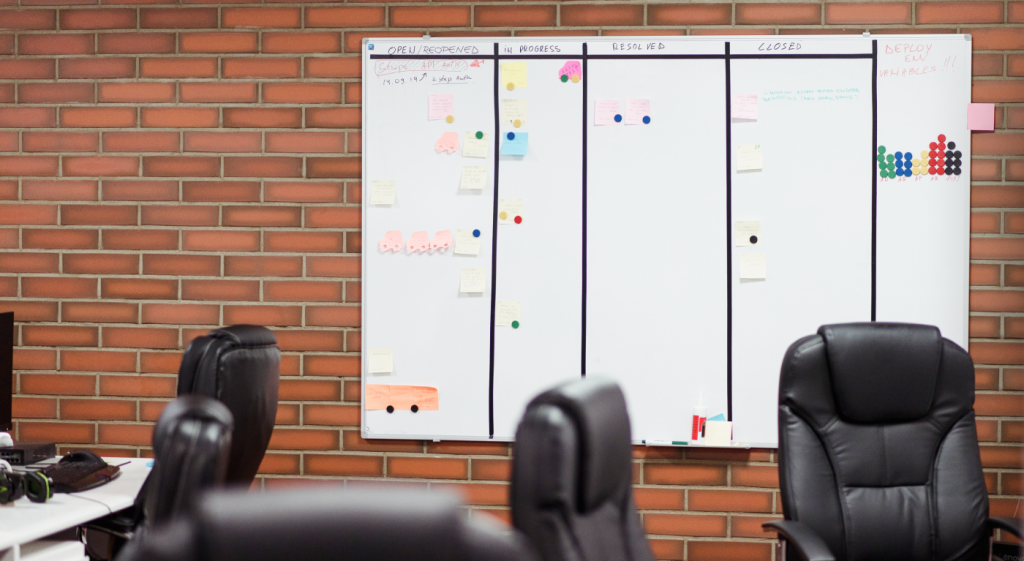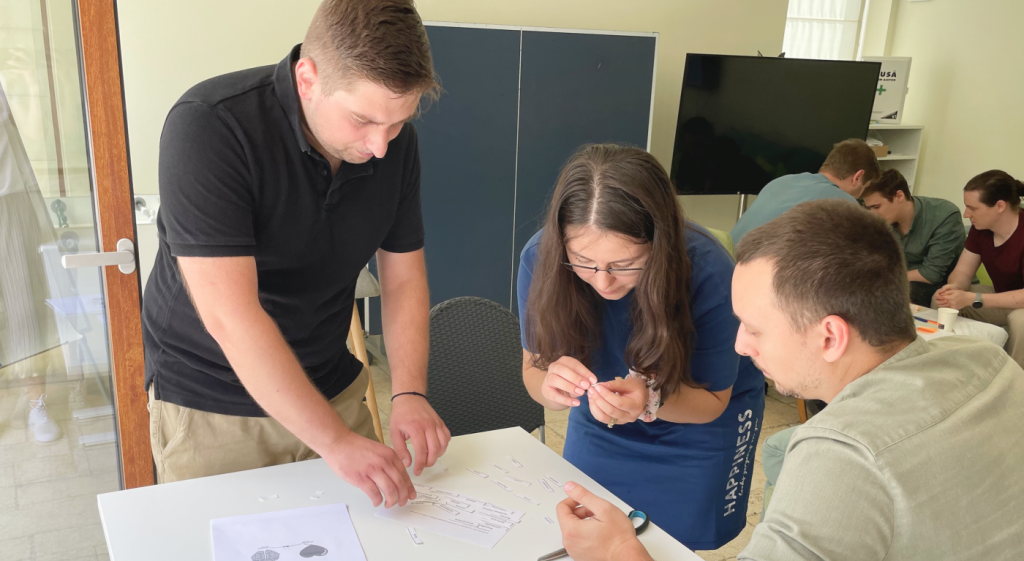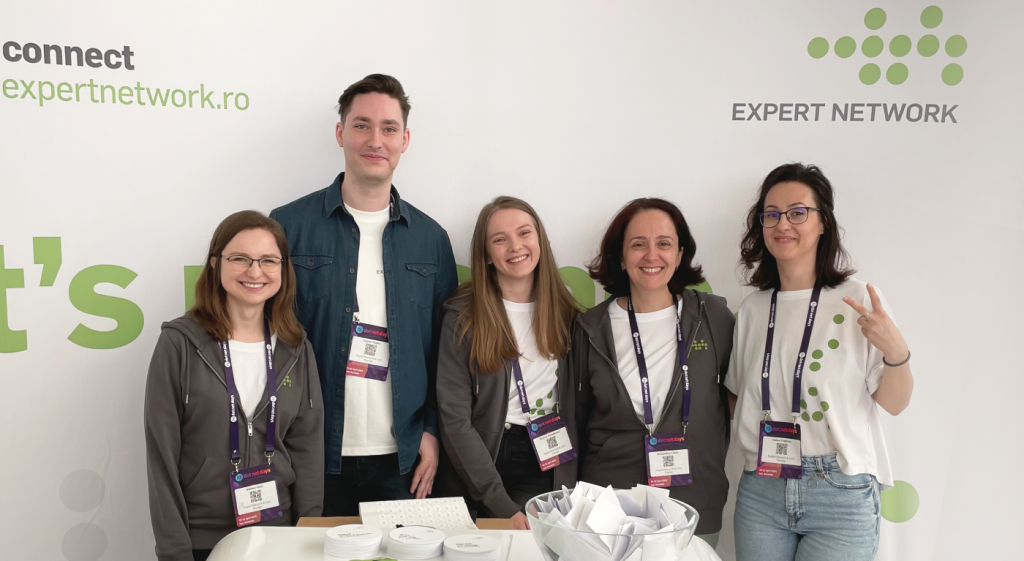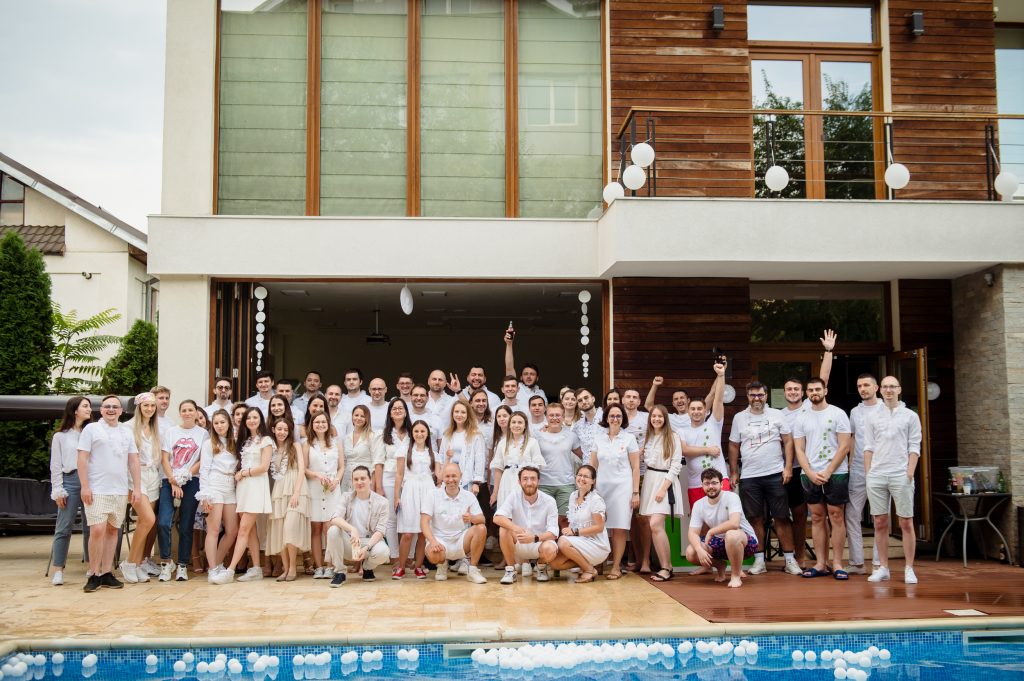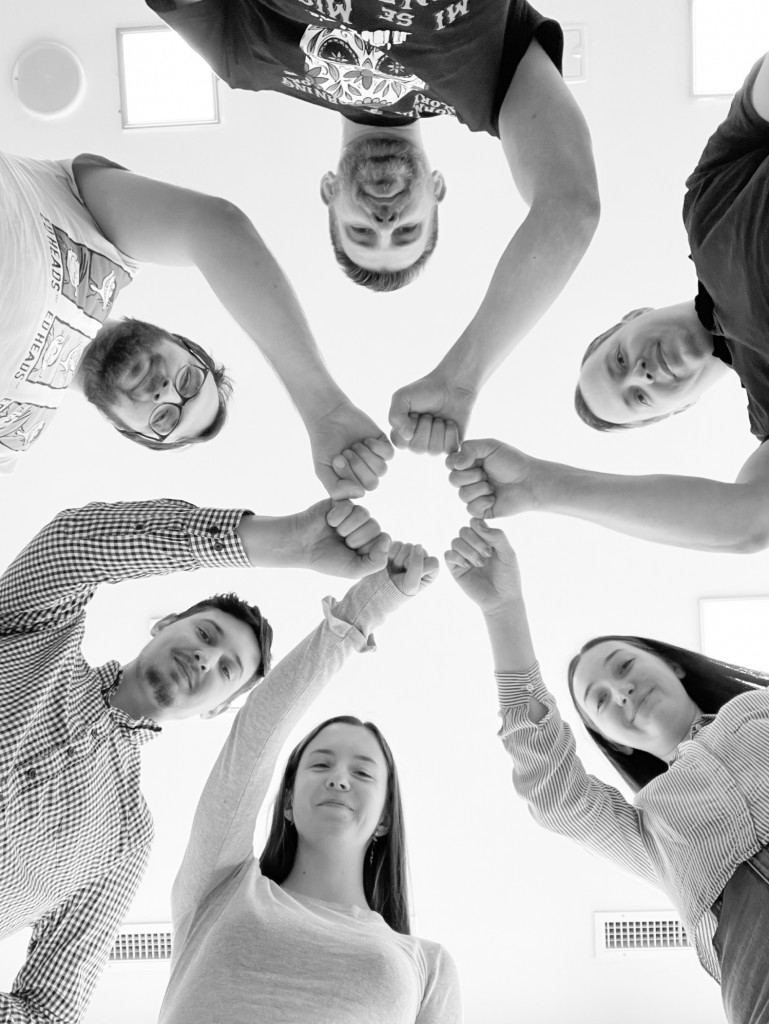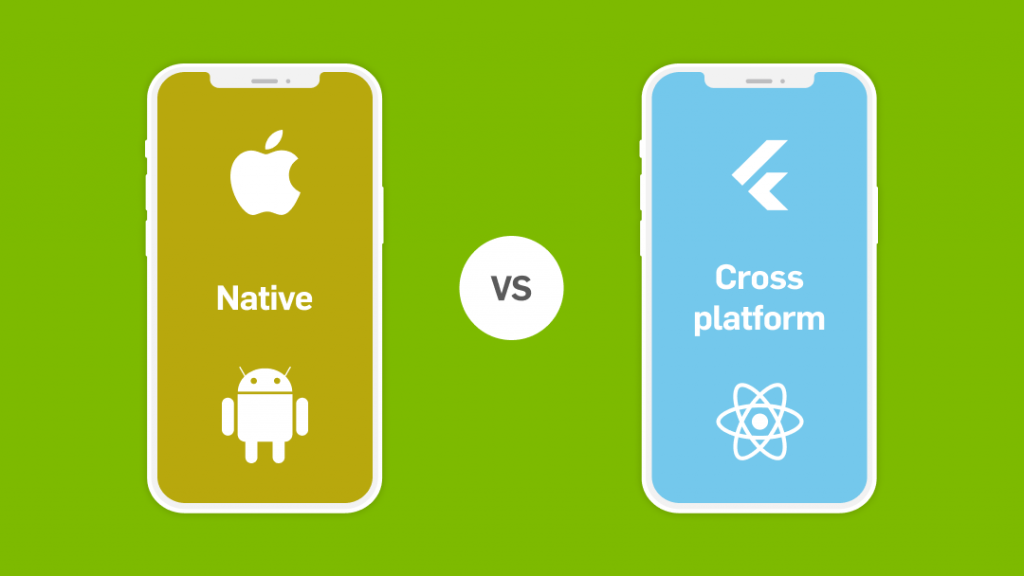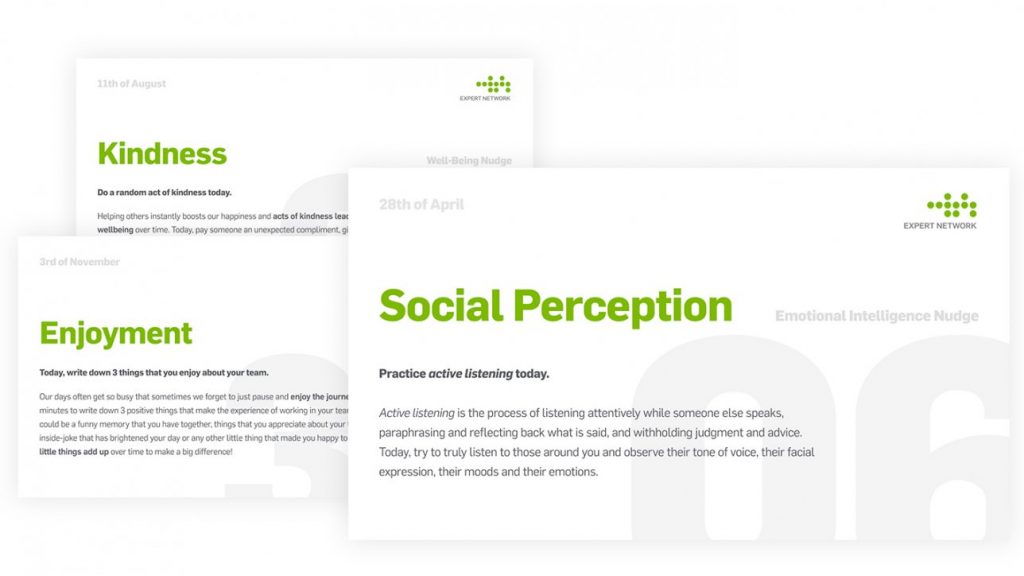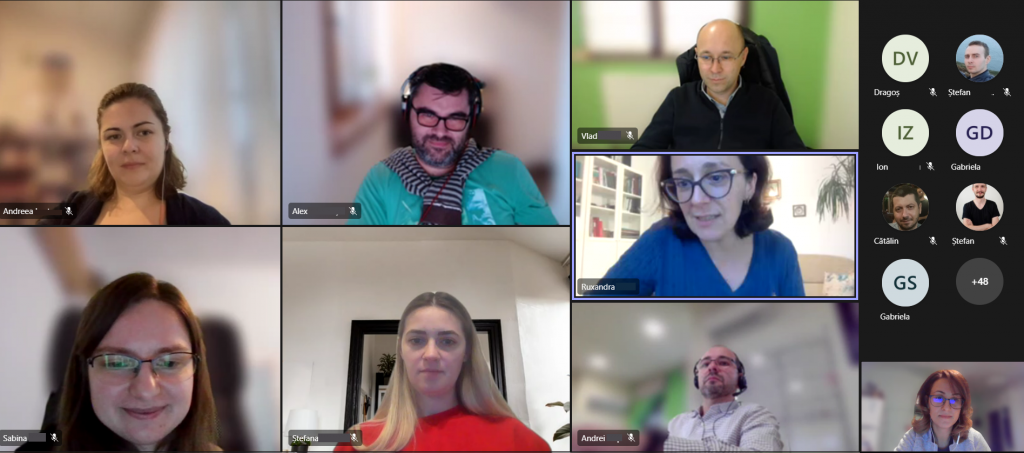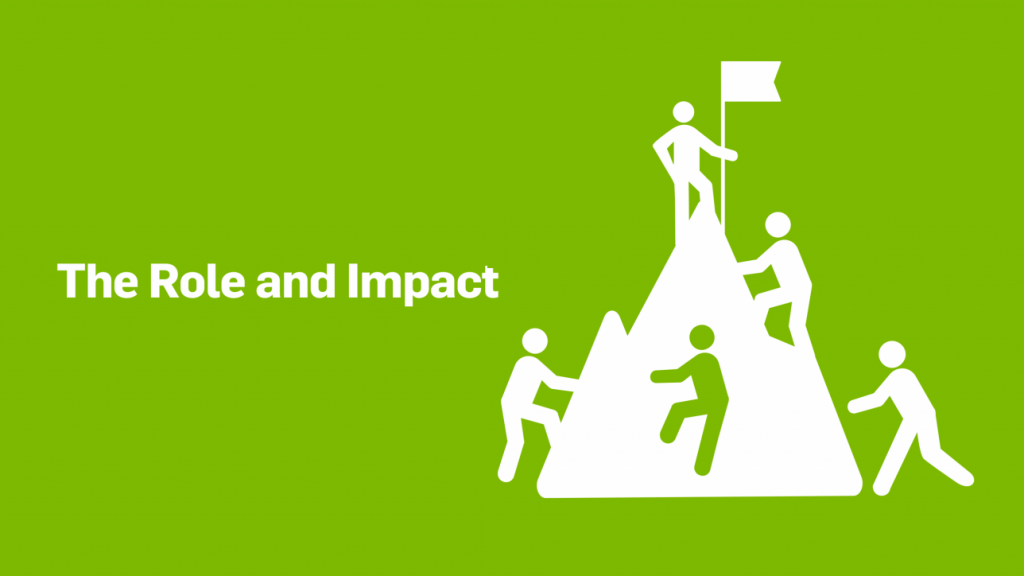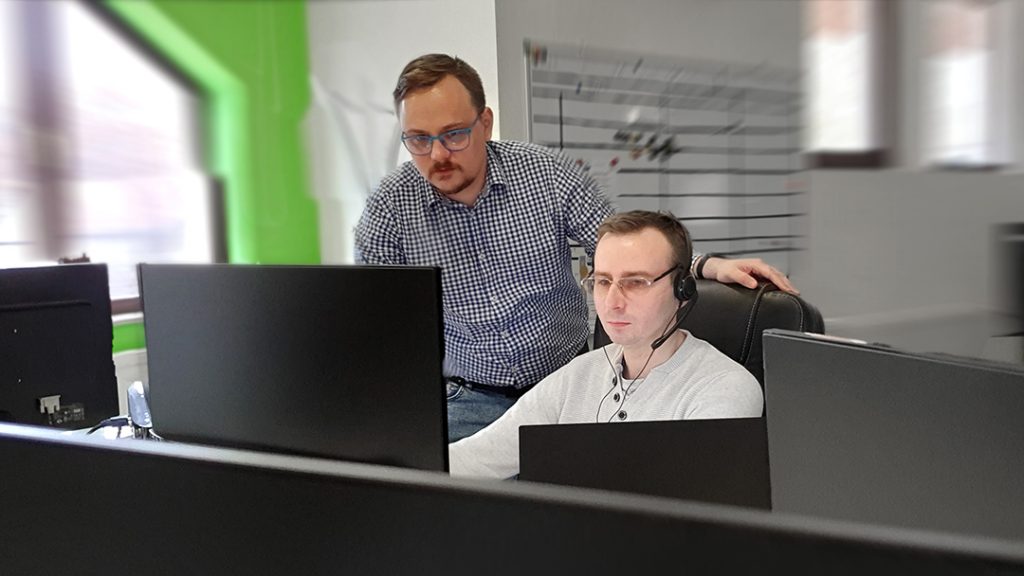Can an ideal candidate profile be realistic? Why is it so difficult? One simple reason is that we are all unique. And identifying what to look for in a new hire, is a make or break deal.
Did you know?
One mismatched hire can cost your business 30 percent of the employee’s first-year earnings according to the US Department of Labor. One bad hire can have a huge effect on productivity, morale, and goal achievement.
Therefore, the success of a company hinges on the success of its people. That is why organizations need to consider various factors during the recruiting and hiring process to ensure that they attract and select top talent. This article explores the importance of the recruiting & hiring process, our approach to candidate selection, the evolving nature of candidate evaluation, traits of an ideal candidate, and the challenges faced during the hiring process.
Focusing solely on putting together this profile can make organizations overlook the unique qualities, experiences, and potential of candidates who may not fit the mold but possess other valuable qualities. Overemphasizing the ideal candidate profile can lead to a lack of diversity in the workforce, limiting the organization’s ability to innovate and adapt.
Importance of the Recruiting & Hiring Process
Hiring is widely recognized as the single most important people activity in any organization. It was proven to us that the success of an organization is the compound success of its people. At Expert Network, hiring the right candidates contributes to team cohesion, performance, and overall organizational success. Moreover, finding candidates who align with our company’s values and culture enhances team spirit and ensures a positive work environment.
Our Approach to Candidate Selection
We strongly believe that people are more than just technical skills; they are complex individuals. Therefore, at Expert Network we prioritize not only a candidate’s performance and technical skills but also whether they would bring added value to the company and contribute to a harmonious working environment. Cultural fit and a willingness to collaborate with others play a significant role in the selection process. Here are the steps we take in our recruitment process:
- HR-guided discussion – We have a discussion based on our goals, our core values and our organizational culture. We want to identify if we culturally fit together and this may as well be a matchmaking exercise.
- PsihoProfile – a product we developed to help with professional support for psychological evaluations and counseling services. We use it in our selection processes to learn more about the candidate’s personality to put together their profiles and get a clearer idea about fit with team and organizational culture.
- Technical discussion: When it comes to the must-have hard skills, we do an assessment of tech skills based on a candidate’s experience or how they would tackle a tech scenario.
- Meeting with the team: Giving a chance to a potential colleague to meet the team is decisive. It’s an opportunity for both parties to interact and decide if they would like to work together. After all, the selection process is a two-way street.
So all things considered, the structure of our selection process follows this roadmap:

Evolving Nature of Candidate Evaluation Over the years
We have adapted our recruitment process to become more effective and responsive to the dynamic market. The company has gradually placed greater emphasis on assessing cultural fit and personal values, considering them as important as technical skills.
Until 2017, we were recruiting mainly based on hard skills, our experience proved that we can only perform together if we fit together. Expert Network views the hiring process as a matchmaking exercise, understanding that compatibility in values is essential for a successful working relationship.
Traits We Look for in an Ideal Candidate
While there is no such thing as an ideal candidate, there are key traits that we look for during the recruitment process. A pleasant attitude, willingness to collaborate, open-mindedness to feedback, and a drive to evolve both soft and technical skills are highly valued. Technical proficiency in the company’s specific technologies is also an important consideration.
Determining Fit for a Team
We implement a multi-step selection process that includes a team interview to assess the potential chemistry between the candidate and the team. By involving the team in the hiring decision, we ensure that they have the opportunity to select candidates they believe would be a good fit and contribute positively to team dynamics.
Challenges in the Hiring Process
- It’s not an exact science. One of the notable challenges in the hiring process is the lack of an exact science to accurately predict a candidate’s performance. No foolproof way to guarantee a candidate’s success has been discovered. With this in mind, we employ reliable selection methods, including behavioral questions and personality tests, adapted to our culture, to generate an overall idea.
- It takes time. We like to take our time to ensure a possible candidate is the right fit. And we put focus on quality time because it is a high-stakes decision. We understand that only spending 30’ with someone new is not sufficient to go in-depth about certain topics and to identify that person’s viewpoint, values, and more. This is not always well-received as some candidates like to speed up the process. However, we do our best to be as efficient as possible, but some interviews require allocating the right time for the whole recruitment process. Quality takes time.
- It’s a laborious task. From an organization’s perspective, this step implies thorough processes and it’s time-consuming when you screen hundreds of applications. Plus, an HR professional considers making the experience a pleasant one, hiring without bias, engaging passive applicants, and so on.

So what motivates us to maintain high standards in the recruitment process?
Firstly, it is the joy and satisfaction when we see a new person seamlessly integrated into the team, making it seem like the perfect choice. When the team evolves and synergizes to achieve more than the sum of its parts (2+2=5), it’s an incredible feeling. With the right fit within our team, where 2+2=5, and witnessing the team’s growth further fuels our motivation to uphold high standards.
Secondly, a misaligned hire can have profound repercussions for clients whose projects may be directly impacted. They expect reliability, competence, and good collaboration. It’s evident that the success of business partnerships is intricately linked to the quality of the hiring process and the suitability of individuals on teams. Therefore, we walk the walk, put in all our knowledge and expertise to ensure a top-notch selection process.
Thirdly, each candidate brings a fresh perspective, introducing new dynamics that broaden our horizons. We want our employees to be unique individuals and remain true to themselves, enriching our culture in the process.
Additionally, it’s crucial for candidates to feel that we are the right fit for them too. Through our discussions, we aim to ensure a genuine connection and mutual understanding.
Key takeaways for your recruitment process
- Your values align with the candidate’s. Notice how the candidate would blend in in your organization. This will contribute to a harmonious working environment.
- Everyone is unique. Aside from the requirements that are relevant for the open position, keep an open mind for other qualities a candidate brings.
- Quality takes time. Allocate the right time for the whole recruitment process.
- Team fit translates to company fit. Make sure team members meet the candidate who will join their team.
- Transparency about the company: We like to offer as many details as possible about how we work, and what the potential colleague can expect. It’s important that he/she identifies if we are the right fit for him/her too.
By prioritizing culture fit, collaboration, and personal growth, at Expert Network we continuously strive to achieve both organizational and individual success.
Share this article on
Be part of our team
Want to see more about how it is to work with us? Visit our careers page
